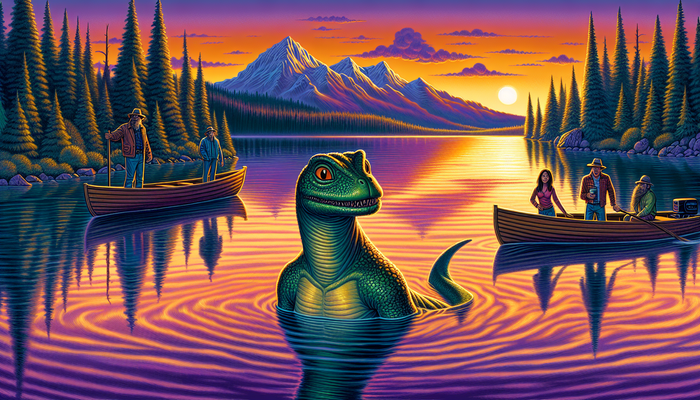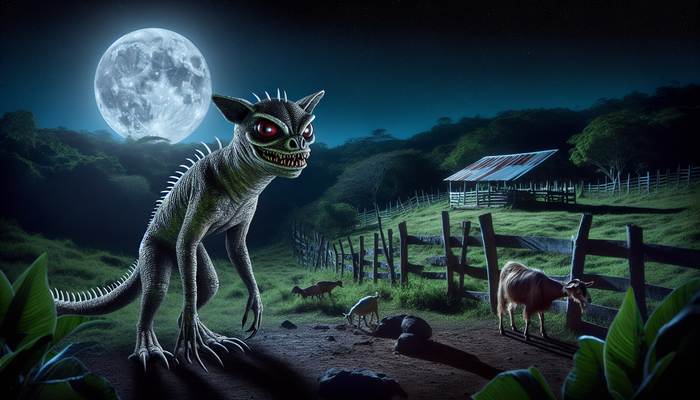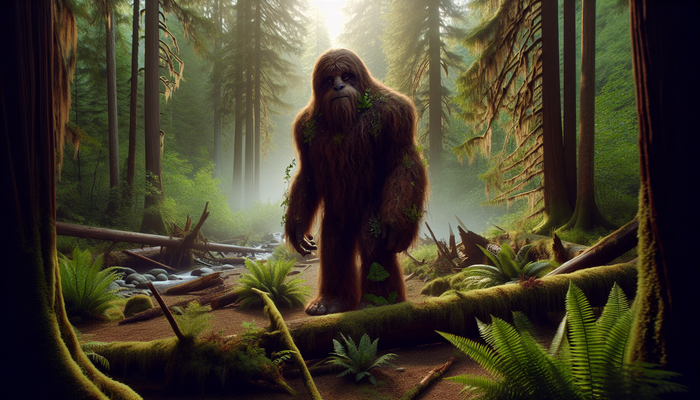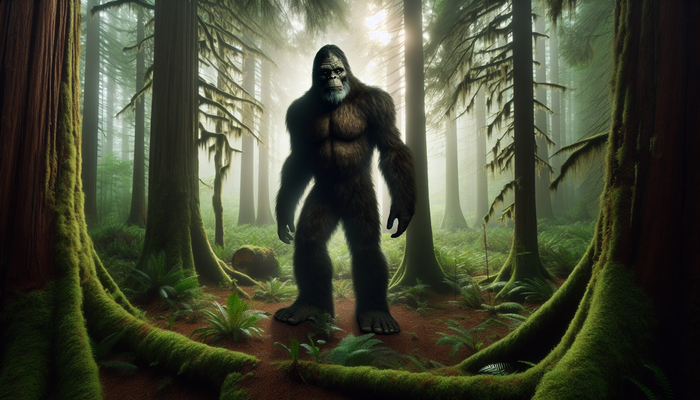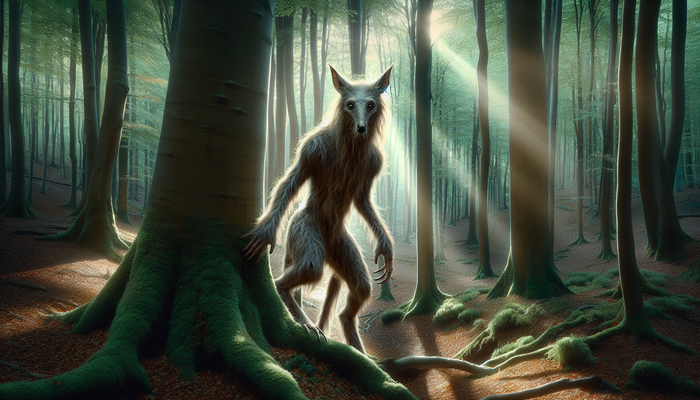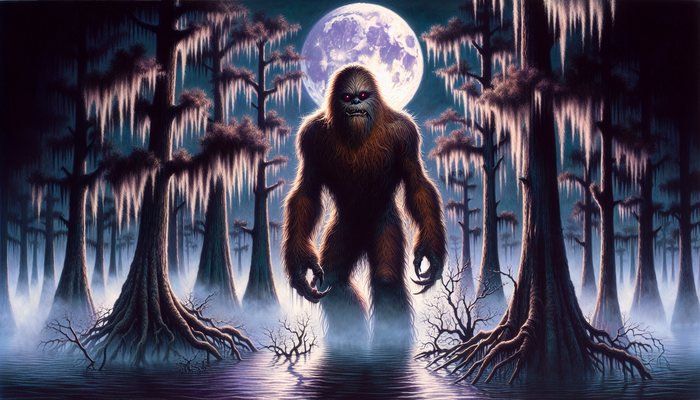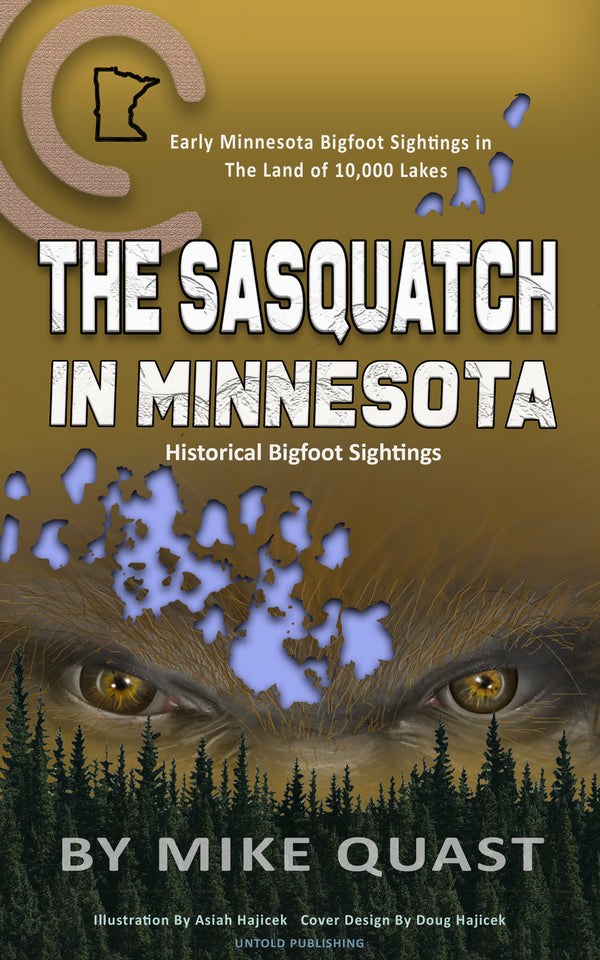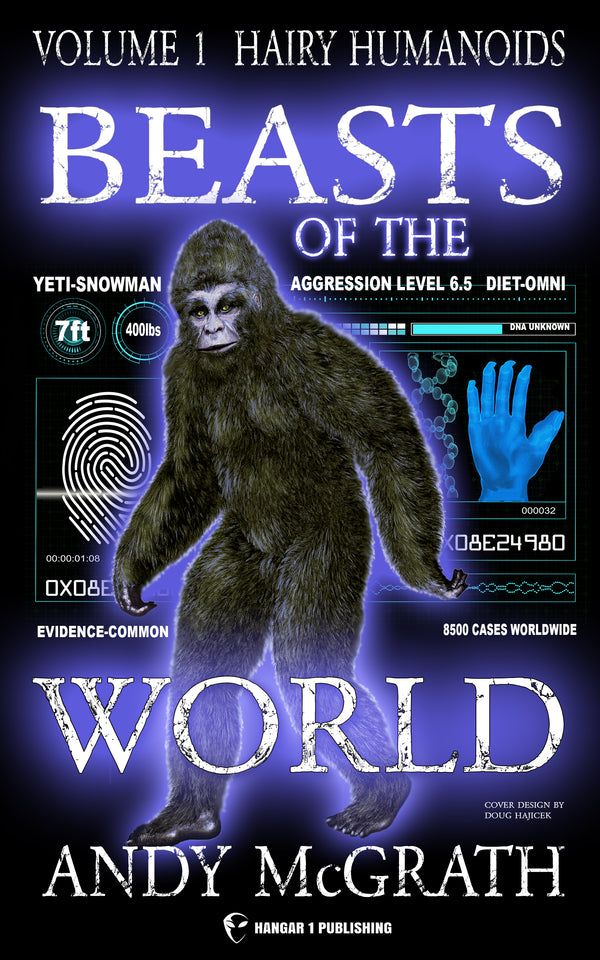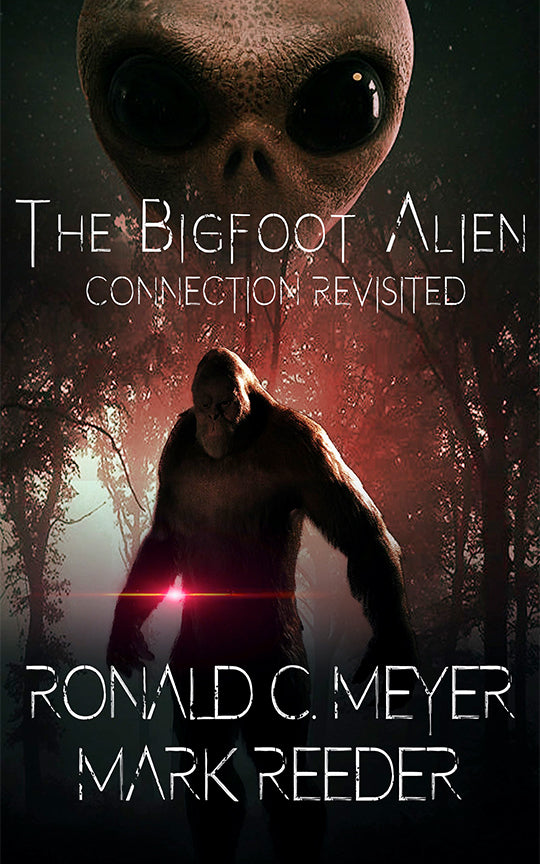Bigfoot vs. Other Mythical Creatures: Unraveling the Legends
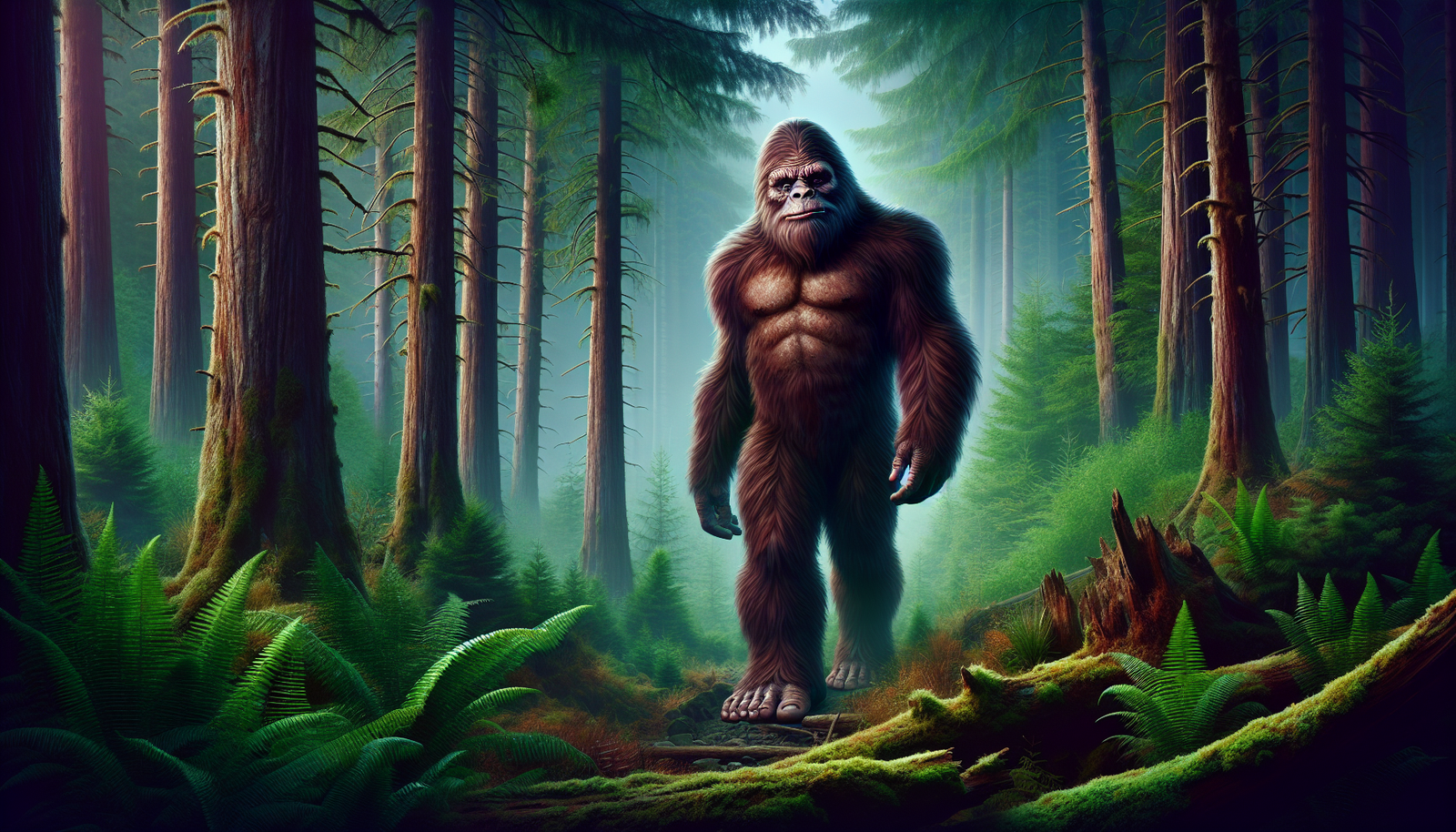
By James Roberts, Cryptozoologist
The Legend of Bigfoot
Deep in the forests of North America, a legend persists - one of a towering, hairy creature that walks on two legs and eludes capture. This is Bigfoot, also known as Sasquatch, a cryptid that has captured the imagination of millions and spawned countless expeditions, debates, and cultural touchstones. But Bigfoot is far from alone in the pantheon of mythical creatures. Around the world, similar legends of mysterious beasts have taken root, each with its own unique characteristics and cultural significance.
Origins of the Bigfoot Legend
The story of Bigfoot is as old as the forests it supposedly inhabits. Long before European settlers arrived in North America, Native American tribes spoke of giant, hairy "wild men" that roamed the wilderness. The Salish people of the Pacific Northwest gave us the term "Sasquatch," derived from their word "se'sxac," meaning "wild man." These early tales laid the groundwork for what would become one of America's most enduring mysteries.
The Modern Bigfoot Phenomenon
The modern Bigfoot phenomenon truly took off in the mid-20th century. In 1958, a watershed moment occurred when Jerry Crew, a bulldozer operator in Bluff Creek, California, discovered enormous footprints at his worksite. Crew's decision to make plaster casts of these prints and share them with a local newspaper catapulted Bigfoot into the national spotlight. The name "Bigfoot" itself was coined by the press, cementing the creature's place in the public consciousness.
Bigfoot's Appearance and Behavior
Eyewitness accounts paint a consistent picture of Bigfoot:
- A massive, bipedal creature standing anywhere from 6 to 10 feet tall
- Covered in thick, dark hair
- Oversized feet, leaving prints measuring up to 24 inches in length
- A powerful, musty odor accompanying sightings
Bigfoot's behavior, as reported by those claiming to have encountered it, is a curious mix of human-like intelligence and animal instinct. Stories abound of the creature's ability to evade capture, suggesting a level of cunning that surpasses that of known wildlife. Some accounts even attribute tool use to Bigfoot, such as rock throwing or stick arrangements, hinting at a potential for higher cognitive functions.
The Bigfoot Subculture
The fascination with Bigfoot has spawned an entire subculture of enthusiasts, researchers, and self-proclaimed "Squatchers." These individuals dedicate countless hours to combing through remote wilderness areas, armed with cameras, audio recorders, and an unwavering belief in the creature's existence. Their efforts have produced a vast body of anecdotal evidence, from blurry photographs to audio recordings of strange vocalizations echoing through the forest.
The Patterson-Gimlin Film
Perhaps the most famous piece of Bigfoot "evidence" is the Patterson-Gimlin film, shot in 1967 by Roger Patterson and Bob Gimlin. The short clip shows what appears to be a large, hair-covered bipedal figure striding across a clearing. Despite decades of scrutiny and claims of hoaxing, the film remains a cornerstone of Bigfoot lore, with proponents arguing that the creature's gait and musculature are impossible to fake.
Other Mythical Creatures Around the World
The Yeti
High in the snow-capped peaks of the Himalayas, stories persist of the Yeti, often called the "Abominable Snowman." Like Bigfoot, the Yeti is described as a large, ape-like creature, adapted to the harsh mountain environment with thick fur and immense strength. The first modern accounts of the Yeti date back to the early 20th century when British mountaineers reported seeing large, humanoid footprints in the snow during their Everest expeditions.
The Chupacabra
Moving from the icy heights to the steamy jungles of South America, we encounter another cryptid with a fearsome reputation: the Chupacabra. Unlike the generally peaceful Bigfoot and Yeti, the Chupacabra is said to be a vicious predator, attacking livestock and draining them of blood. First reported in Puerto Rico in the 1990s, the legend of the Chupacabra quickly spread throughout Latin America and the southern United States.
The Jersey Devil
Said to inhabit the Pine Barrens of southern New Jersey, this creature is a chimera of various animal parts - the head of a horse, bat-like wings, cloven hooves, and a forked tail. The legend of the Jersey Devil dates back to the 18th century and is often tied to a curse placed on a woman named Mother Leeds.
The Yeren
Across the Pacific, in the remote mountains of central China, stories circulate of the Yeren, or "Wild Man." Like Bigfoot, the Yeren is described as a large, hair-covered bipedal primate, standing up to 8 feet tall. Sightings of the Yeren date back centuries, with some researchers speculating that it could be a surviving population of Gigantopithecus, an extinct genus of ape that once inhabited the region.
The Mapinguari
Deep in the Amazon rainforest, another cryptid captures the imagination of locals and researchers alike: the Mapinguari. Described as a giant sloth-like creature with backwards-facing feet and a second mouth on its belly, the Mapinguari blends elements of prehistoric megafauna with more fantastical attributes.
Patterns and Cultural Significance
As we examine these various cryptids from around the world, patterns begin to emerge. Many share similar characteristics - large size, human-like qualities, and a tendency to inhabit remote or inaccessible areas. This consistency across cultures raises intriguing questions. Are these creatures all manifestations of a universal human fascination with the unknown? Or could they represent actual undiscovered species, adapted to specific environments and eluding scientific documentation?
The cultural significance of these cryptids cannot be overstated. They serve as more than just campfire tales or subjects of pseudo-scientific inquiry. These creatures often embody the fears, hopes, and values of the cultures that created them. Bigfoot, for instance, can be seen as a symbol of the untamed wilderness that once covered North America, a reminder of a time before widespread human development.
Scientific Perspective and Cryptozoology
From a scientific perspective, the study of cryptids falls under the umbrella of cryptozoology, a field that seeks to prove the existence of animals known only through anecdotal evidence or folklore. While mainstream science generally dismisses cryptozoology as a pseudoscience, the pursuit of these legendary creatures has occasionally led to genuine scientific discoveries.
However, it's crucial to approach these legends with a critical eye. Many reported sightings of cryptids can be explained through misidentification of known animals, hoaxes, or the quirks of human perception and memory. The famous Patterson-Gimlin Bigfoot film, for example, has been the subject of intense debate, with skeptics arguing that it shows a man in a costume rather than a genuine unknown primate.
The Enduring Fascination
The persistence of cryptid legends in the face of scientific skepticism raises fascinating questions about human psychology and our relationship with the natural world. Why do we continue to believe in these creatures despite a lack of concrete evidence? Some researchers argue that cryptids fulfill a deep-seated human need for mystery and wonder in an increasingly mapped and understood world.
As we continue to explore our world and push the boundaries of our understanding, the legends of Bigfoot and other creepy creatures will likely evolve alongside us. They may change form, adapt to new environments, or even fade away entirely. But as long as there are wild places left on Earth and a spark of wonder in the human heart, there will always be room for these magnificent, mysterious beings in our stories, our fears, and our dreams.
From Bigfoot to UFOs: Hangar 1 Publishing Has You Covered!
Explore Untold Stories: Venture into the world of UFOs, cryptids, Bigfoot, and beyond. Every story is a journey into the extraordinary.
Immersive Book Technology: Experience real videos, sights, and sounds within our books. Its not just reading; its an adventure.


